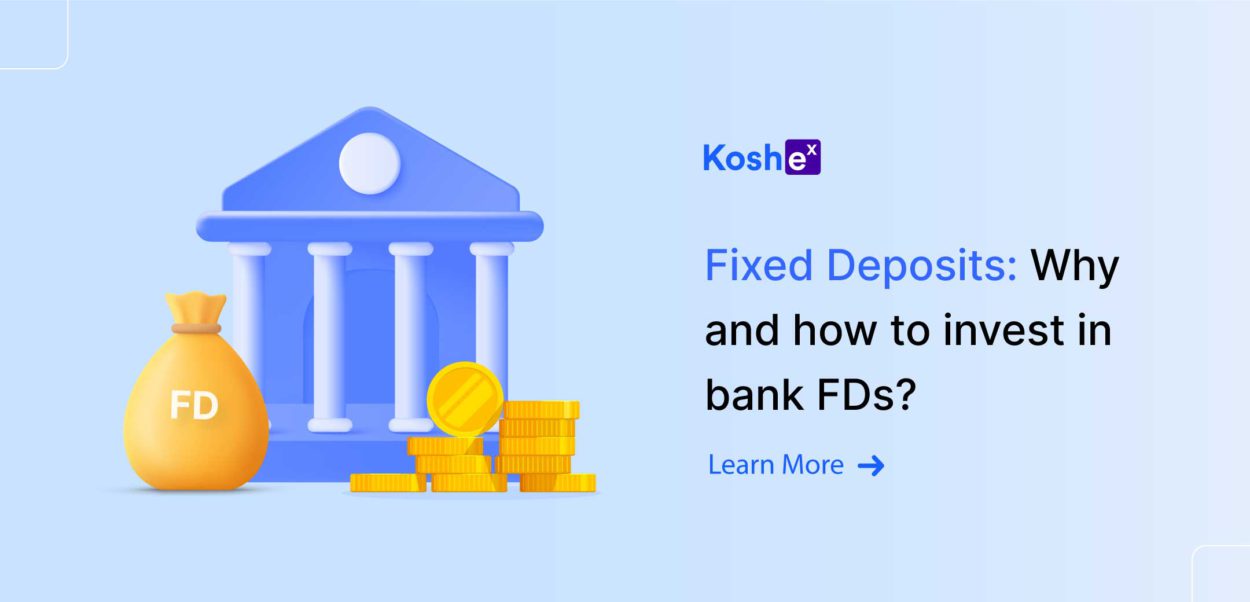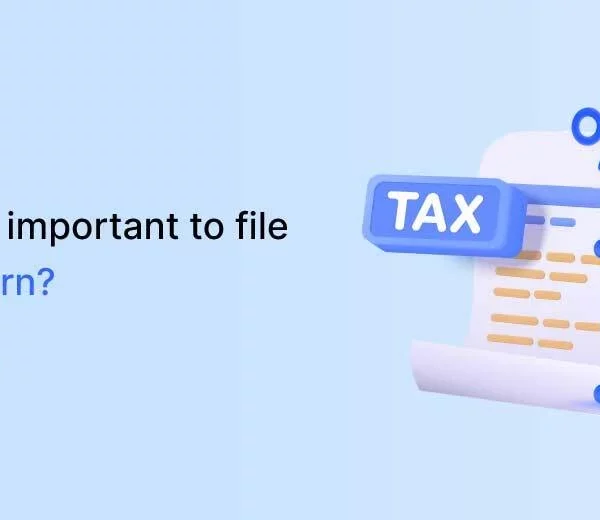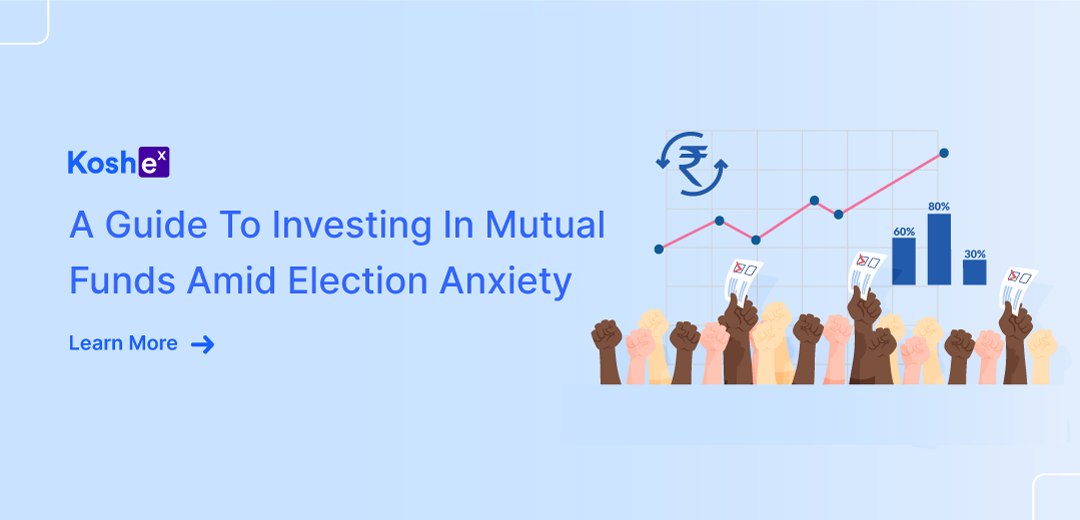Are you new to investing in a fixed deposit? If yes, you need to know why students, professionals, and senior citizens should invest in a fixed deposit.
The best thing about fixed deposits is that they offer you a fixed rate of interest. So no matter the market condition, you’ll get an assured interest rate on your investment for a certain period. You can earn a higher rate of interest on your fixed deposit by signing up with Koshex.
A fixed deposit account usually provides you with an interest rate that is higher than savings accounts. They help you achieve short-term financial goals.
As they are relatively more liquid than most other assets, you can consider them good options for meeting your contingency needs.
You can always use your fixed deposit for unexpected events, whether a medical emergency, an unplanned trip, or others.
Do you want to know more about this investment vehicle before investing your money? If yes, keep reading to get tips for students, professionals, senior citizens, and more. Learn why you should invest in a fixed deposit.
Top 5 Essential Tips to Invest in a Fixed Deposit
You can invest in FDs through banks and financial institutions for stable returns. In this section, you’ll learn five essential tips that will help maximize returns on your invested amount.
Tip #1: Avail of Auto Fixed Deposit Feature
You can link your savings account with a bank fixed deposit. When you avail of this feature, the money is transferred automatically to the FD account as per your instruction.
First, you have to set a trigger amount. Once the balance in your savings account crosses a trigger amount, a certain amount gets transferred to the fixed deposit account. Let’s explain how this works with an example.
Example:
Suppose your current bank balance is ₹40,000. When this happens, you can set an automatic trigger in your account, asking it to transfer at least ₹5,000 or multiple of ₹5,000 to a bank FD account. In this way, you can save efficiently.
This is called the “Auto Fixed Deposit” or “Auto Sweep-in” feature. Axis Bank, HDFC Bank, and others provide this feature.
Tip #2: Choose the Tenure of your Fixed Deposit as per your Financial Goal(s)
When you are opting for a fixed deposit, select the tenure carefully. The best thing you can do is choose the investment plan and tenure per your financial goals.
Then, per your needs, you can choose from a wide array of options like the cumulative plan, as well as, the monthly/quarterly interest payout plans.
Example #1: Cumulative Plan
Suppose you have a financial goal coming up three years from now. This means you don’t need any payout currently. So, instead of opting for a monthly/quarterly interest payout plan, choose the cumulative plan.
It will reinvest the interests and help your corpus grow faster by benefitting from the power of compounding.
Example #2: Regular Interest Pay-out Plan
You may need money every month to make regular payments for your utility bills, loan EMIs, and others. In that case, you can select the payout plan that pays you regularly, for example, monthly/quarterly.
Tip #3: Use the FD Laddering Strategy
Suppose you are planning to invest in a fixed deposit. In that case, you can earn a maximum return by adopting the fixed deposit laddering strategy. How does this strategy work? Let’s find out.
Let’s say you have an investable amount of Rs. 3 lakhs. You can invest the same in different fixed deposits having varying FD tenure and interest rates. Here is an example of how you can distribute the money in various fixed deposits:
Suppose you distribute Rs. 2.5 lakhs in five equal amounts and invest them in different fixed deposits (having varying interest rates and tenures). Let’s consider the tenure and annual interest rates of these five FDs:
- FD #1: 3 Months; 4% p.a.
- FD #2: 9 months; 6%
- FD #3: 1 year; 6.8%
- FD #4: 2 years; 7.5%
- FD #5: 3 years; 7.75%
After maturity (with cumulative reinvestment), the interest-earning and total maturity for these five fixed deposits will be:
- FD #1:
- Interest earned is ₹ 500
- The total maturity amount after three months is ₹ 50,500
- FD #2:
- Interest earned is ₹ 2,284
- The total maturity amount after nine months is ₹ 52,284
- FD #3:
- Interest earned is ₹ 3,488
- The total maturity amount after one year is ₹ 53,488
- FD #4:
- Interest earned is ₹ 8,011
- The total maturity amount after two years is ₹ 58,011
- FD #5:
- Interest earned is ₹ 12,947
- The total maturity amount after three years is ₹ 62,947
Over a varying tenure of 3 months to 3 years, you’ll earn a:
- Total interest payment of ₹ 27,230.
- Total maturity amount of ₹ 2,77,230.
You can use the return from the shorter period-FD to pay off any short-term financial goal. The rest of the initial ₹2.5 lakhs can remain invested to provide you with higher returns. That’s how you can use the FD ladder strategy to meet the financial goals at various periods and get higher returns on longer tenures.
Tip #4: Avoid Premature Withdrawals
When you open a fixed deposit account, you enter into a contract with the financial institution for the tenure of the deposit. It means that you agree to keep the money deposited for a certain period of time (say, three months, nine months, two years, etc.) to earn an agreed-upon rate.
In many cases, investors must withdraw their fixed deposit before the tenure ends. This is called premature withdrawal. In such a case, you have to pay the penalty. Avoid premature withdrawal if you want to maximize your fixed deposit’s ROI.
So, the next time you visit a bank to open a fixed deposit, inquire about the terms and conditions associated with premature withdrawal.
Tip #5: Renew your Fixed Deposit Repeatedly
Suppose you don’t need the investable amount in a fixed deposit immediately. In that case, you should keep renewing your FD again and again.
It will help you earn a higher return by unleashing the benefits of compounding. This will ultimately help you create a larger corpus.
Conclusion
A fixed deposit can be helpful for students, working professionals, and senior citizens. They can create a corpus without investing in risky assets such as stocks, mutual funds, etc.
Though the returns you get from a fixed deposit are much lower than MFs or the stock market, the risk is very low.
Suppose you want to create a corpus by investing in a low-risk asset. In that case, a fixed deposit is one of the most viable options.
FDs can be the perfect investment vehicle for risk-averse or risk-neutral investors to start their investing journey. It will help them create their initial corpus without worrying about their investments’ performance.
To create a large corpus (for emergencies, retirement, or others), you should start saving early. If you don’t have a large sum of money for investment, start putting at least ₹ 1,000 in your fixed deposit account.
If you have less income, then start saving small but try to save regularly to create a large corpus over the years.
Sign up with Koshex to earn a higher rate of interest on your fixed deposit.
Frequently Asked Questions (FAQs)
FAQ #1: What happens if a fixed deposit remains unclaimed?
A bank can keep renewing an unclaimed fixed deposit unlimited times. However, in practice, the bank tries contacting the investor. If the investor remains unreachable, the money accumulated in the fixed deposit account will be given to the nominee.
FAQ #2: Who can open a fixed deposit account?
Residents, sole traders, societies, clubs, associations, HUF (Hindu Undivided Family), partnership firms, limited companies, group companies, and family trusts can open a fixed deposit account.









Leave a Comment